Article 2 of 5
WHAT AILS THE INDIAN APPAREL INDUSTRY - A SERIES
In this 2nd article in a series of 5, I want to look at the Indian Textile Industry through a segmented approach and understand the challenges faced by it.
The textile industry is a significant contributor to many national economies. The Indian textile industry is no exception to this. It occupies a unique position in the Indian economy in terms of its contribution to industrial production, employment and exports. It is one of the largest segments of Indian economy.
It is closely linked to agriculture and rural economy and is the single largest employer in the industrial sector.
Textile Industry is fabric focused. It’s the industry that’s responsible for taking raw materials like cotton or wool, spinning it into yarn and creating the fabric for your favorite tee-shirt.
All processes — from developing, producing, manufacturing and distributing textiles — are part of the textile industry. Needless to say, this industry is the foundation for a number of other industries including the fashion industry, retail industry and even some aspects of the military.
The structure of Indian Textile industry is quite complex. It has mainly three divisions:
- The highly mechanized mill industry, producing yarn and cloth.
- The power loom factories producing cloth from mill made yarn and,
- The widely scattered handloom units producing cloth from both mill made and hand spun yarn.
The Indian textile industry ranges from hand spun khadi and traditional textiles woven on hand looms at cottage industry to the highly capital intensive modern and sophisticated mill sector and synthetic fibre manufacturing units. In between these two extremes lies decentralized power loom, knitting and garment sectors.
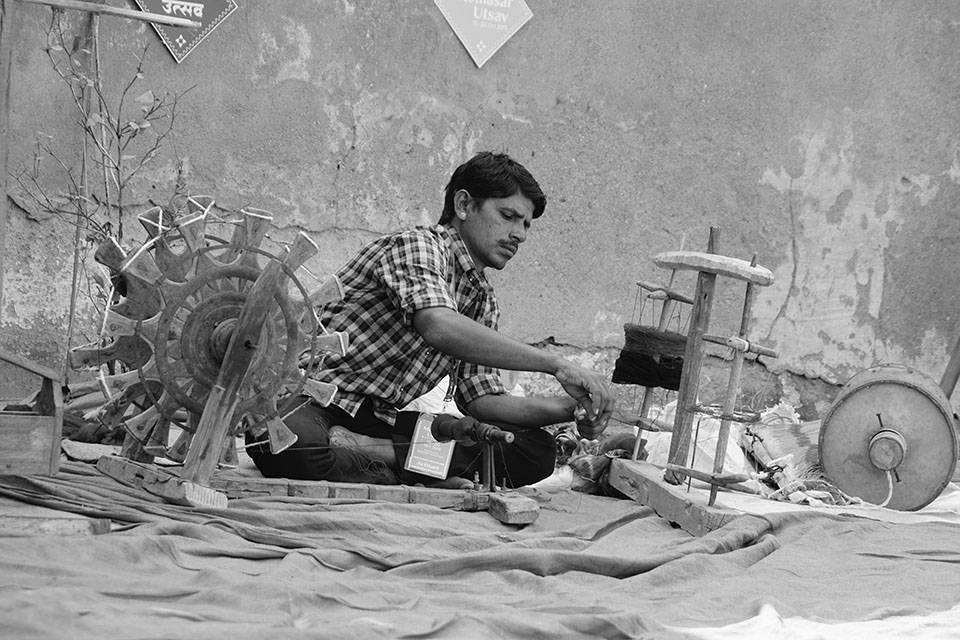
HANDLOOM SECTOR
The handloom sector is engaged in the production fabrics using natural fibres. The Government of India, through various schemes and financial assistance, has attempted to protect this sector so as to enable it to withstand the competition from the power loom and mill sector. In addition, handloom sector is labor intensive and also works as a supplementary wage mechanism for the agro rural strata of the society. It enjoys the benefits of reservation of certain fabric varieties, subsidies on raw material and rebates on the price of fabric sold.
POWERLOOM SECTOR
The power loom sector consists of power loom and accounts for about 70% of the total cloth production. This sector has been playing a pivotal role, mainly on account of its lower cost of production, flexibility in changing the production pattern to suit the market demand, favorable tax structure and its proximity to fabric wholesale market.
HOSIERY SECTOR
The knitting industry is basically a small-scale industry and is labor intensive. The industry mainly concentrates on production of tee shirts, cardigans, pullovers, polos, and inner garments for men and women.
FABRIC PROCESSING SECTOR
The fabric processing (dyeing and finishing) sector, the weakest link in India’s textile supply chain, consists of a large number of small units located in and around the power loom and handloom centers.The proliferation of small processing units is due to India’s fiscal policies, which favor small independent hand- and power-processing units over composite mills with modern processing facilities.
India’s fabric dyeing and finishing segment is significantly underdeveloped in terms of technology, leading to low product quality and environmental problems. A lack of investment in the dyeing and finishing segment has hurt the competitiveness of Indian textile mills and has effectively limited their ability to supply quality fabrics for domestic apparel producers.
Garment manufacturing sector is the recent sector and has grown predominantly on the basis of the export demands and is concentrated mainly in the small-scale sector.
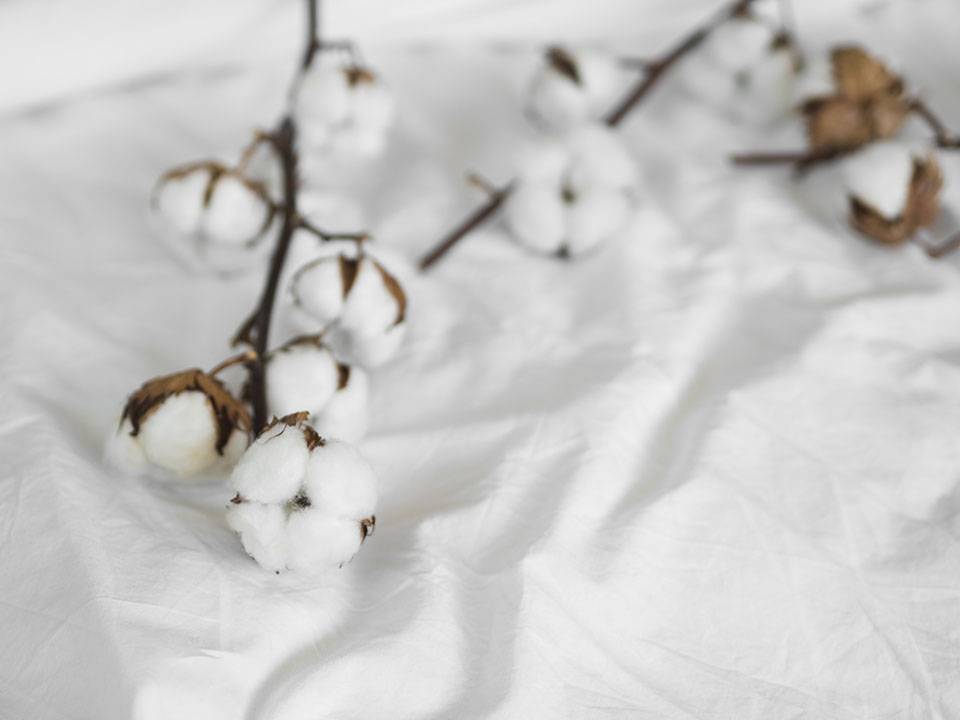
India’s textile industry depends heavily on domestically produced cotton.
Almost two-thirds of domestic cotton production is rain fed, which results in wide weather-related fluctuations in cotton production. Moreover, the contamination level of Indian cotton is among the highest in the world. According to sources, in India, the cotton ginning quality is poor, contributing to defective textile products.
India has high energy and capital costs, multiple taxation, and low productivity, all of which add to production costs. As a result, textile and apparel products from India are less competitive than those of China and other developing countries in the international market.
Indian textile industry is also highly fragmented that has led to several small-scale industries.
Because of this, there is lack of industry LEADERSHIP.
These small companies do not have fiscal resources to invest in technological upgradation and they are not able to generate economies of scale. This leads to inability in establishing a world class competitive player. All the sectors except spinning face the problem of scale. India has very few large firms and other firms are generally smaller than their Chinese or Thai counterparts which in turn gave an effect on the overall cost distribution along with the ability to attract customers with big orders.
Skill and labour productivity
Though the industry has cheap and skilled manpower, they are less productive compared to other south Asian countries. Low labour productivity due to lack of skills and modernized infrastructure is making Indian textile industry less productive than other competitor nations.
Along with the labour productivity issues, three other issues are of important consideration ; (a) there is a lack of technical manpower.(b) investment by Indian firms for training of its existing workforce is very limited and the skills are confined to already existing processes;(c) there is a serious dearth of trained operators and supervisors in India.
Poor Infrastructure
Technological obsolescence and low degree of modernization in various steps of value chain affects the quality, cost and distribution. The general trend in the country is to go for second hand and outdated looms thus resulting in lower productivity and quality. Raw material from power looms and hand looms is of low quality. Though India is a hub of IT services, they are not effectively implemented in textile sector to improve the productivity.
Inadequate Research & Development and lack of Technology upgradation
Government of India has done significant investment in various schemes and offer programs for the growth and development of the industry. It launched Technology Upgradation Fund (TUF) scheme in 1999. However, TUFs have not benefited all the segments of the textile value chain – large parts of the funds have gone to the relatively healthier spinning sector.
Low FDI- lack of scale and the fragmented nature of the industry have discouraged mega investments in the Indian textile industry. Unattractiveness of the industry has resulted in abysmal FDI inflows, despite 100% FDI being allowed under the automatic route. These drawbacks created a hurdle to make industry more competitive on the global basis.
Legacy of government policy
Government followed protectionist policy for handlooms (labour intensive as seen as a means to sustain employment) vis-à-vis power looms & mills. India had antiquated labour laws. The companies have often broken their business down into small units to avoid any trouble created by labour unionization. India also maintained capacity restrictions for a long time because the government wanted to incentivize small scale industries. The land and urbanization laws resulted in closure of urban mills and lack of import subsidies on advanced machinery resulted in limited technology advancement.
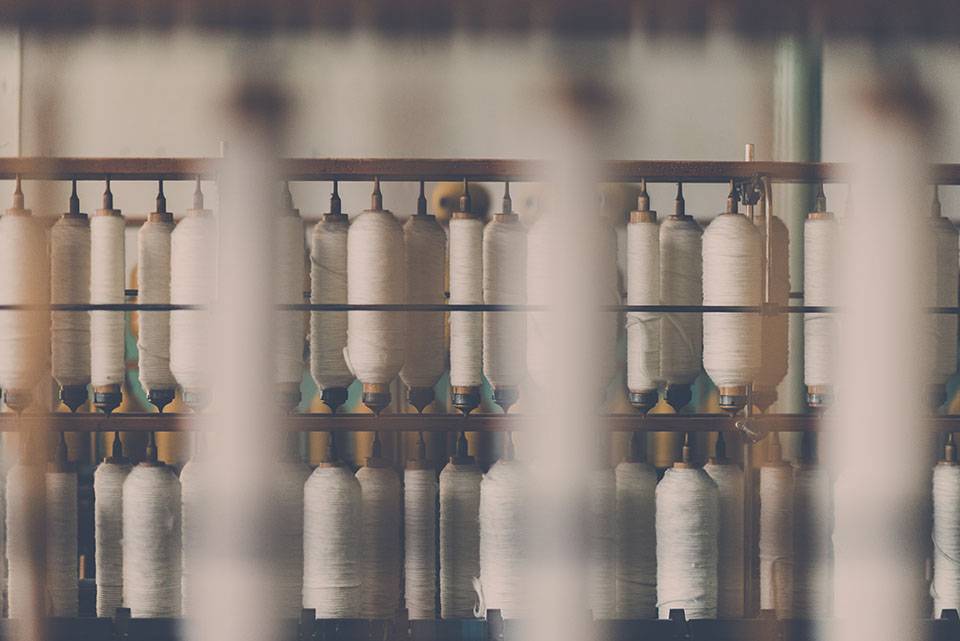
Lack of trade membership
India has serious shortcomings in trade pact memberships, which leads to restricted access of the other major markets. This issue made others to impose quota and duty, which put scissors on the sourcing quantities from India.
High power tariff
After raw material, power cost is the most significant cost in the whole supply chain. Higher power cost and erratic supply hampers the production in India.
India’s apparel sector does not have access to quality fabrics at reasonable prices from the domestic mill sector, which adversely affects its global competitiveness. Sources in the organized mill sector claim that the composite mills need to invest heavily in manufacturing technology to improve productivity and reduce costs, which are high in part because of high infrastructure costs.
High cycle time for garments
Cycle time is the key factor in determining the competitiveness of a firm. It has a direct impact on both price and delivery schedule. Cycle time reduction is strongly correlated with high first class yield, high throughput times, low variability in process times, low WIP and consequently cost. Currently Indian firms have high lead times and they must reduce their cycle times across the entire supply chain. The average lead time in manufacturing and delivery sums to around 45 to 65 days from fabric buying to shipment of apparels. It can also get extended to 80 days. The mean delay in exporting finished garments from India after procurement of raw materials is estimated to be approx. 15 days. The shelf life of products driven by fashion is merely 45days thereafter, such delays are indefensible. In contrast Turkey completes entire task ranging from approval of design to delivery in warehouse in a flat 30 days cycle.
India’s apparel production until recently had been reserved for SSI-registered units, which effectively eliminated large-scale investment in this sector, except for export-oriented units. The average annual investment in machinery per establishment in India’s apparel sector is only $2,900, compared with Hong Kong’s $2.5 million and China’s $1 million. The low level of technology has contributed to low productivity and deprived the sector of benefits of economies of scale. Under Indian labor laws, firms had been discouraged from installing labor-saving machinery and equipment, thereby leading to low sector productivity and inferior product quality.
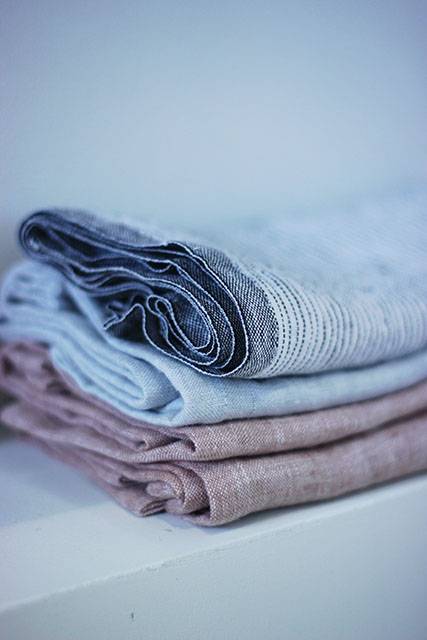
A limited fabric base and lack of product specialization are major weaknesses of the Indian apparel sector. India’s production of apparel for export is dominated by cotton. The predominance of cotton apparel reflects the fact that Indian cotton traditionally has been much less expensive than synthetics and cotton blends. In addition, India’s customs and excise taxes on synthetic fibers, yarns, and fabrics have been significantly higher than those on cotton.
Few exporters in India have concentrated their efforts on product specialization. Almost all offer a wide range of garments. This lack of product specialization has limited the growth of many Indian exporters in the global market. Quality problems are another deterrent to expanding export shares in the global market.
The majority of fabrics made in India are of low quality and limited varieties, which limits the product range and tends to lower the unit value realized in dollar terms. Further, India has historically concentrated on exporting apparel to the EU and U.S. markets; most Indian exporters are too small to deal with buyers from diverse, non-English speaking countries.
What should be the strategy to overcome and make the Indian textile chain more workable?
- Achieving scale across value chain.
- Attract investment into the sector.
- Improve Skill, Quality and Productivity.
- Reform labour laws.
- Structural shift with increasing value addition in India.
- Diversification of exports in terms of products and markets.
- Promoting innovation and R&D.
- New approach towards handloom.
- Partnership with state governments.
- Reengineering existing schemes and policies.
RELATED TOPICS:#Sanjay Lal
Leave a comment
Our email address will not be published. Required fields are marked *




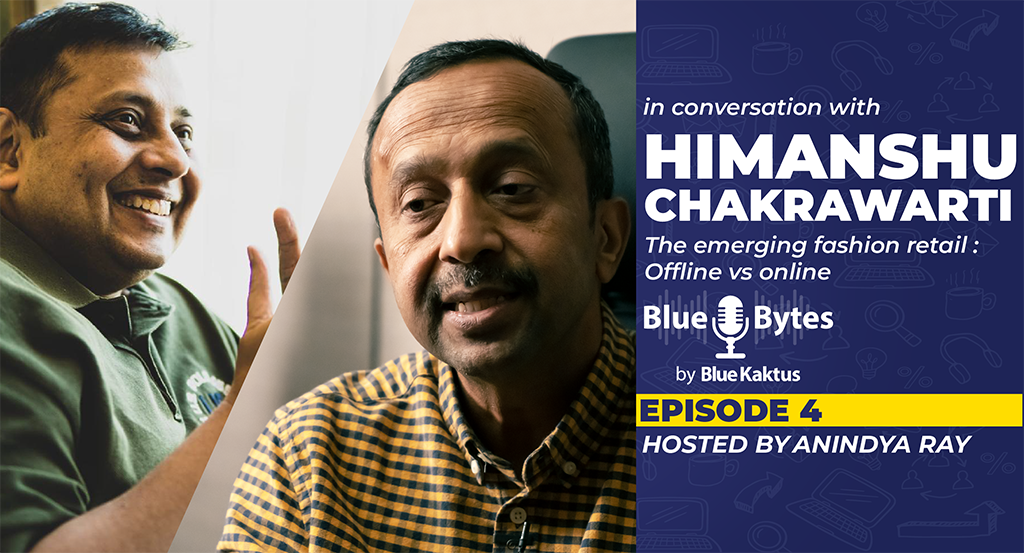


6 Comments
Online pharmacies uk Sep 09, 2024 at 22:17 pm
Your style is unique in comparison to other people I have read stuff from. Many thanks for posting when you have the opportunity, Guess I will just book mark this blog.
JUMAC Manufacturing Feb 23, 2023 at 15:24 pm
Very accurate insights Sanjay, you have penned down the issues faced by the industry in a comprehensive manner. We have been very closely associated with the Spinning industry for more than 20 years now and these issues are very much prevalent. Looking forward to more such insights from your end!
Shobhan ChaudhuriAug 31, 2020 at 12:10 pm
You have very clearly brought out the reasons why our textile industries are ailing Even countries like Bangladesh has done tremendously well in this sector in last 5-7 yrs which is reflected in rise of their GDP I hope GOI takes some urgent steps to rectify the situation.
Partho SarcarAug 30, 2020 at 20:24 pm
I have been associated with Leather Goods & Apparel Industry for 30 years and have always been connected with the Textile Units, in seach for inner lining & reinforcement fabrics. Have closely realised their hardship in delivering consistent quality and delivery schedules. Recollect the technical excuses always highlighted by the mills and suppliers. Sanjay has given very accurate insights of the problems faced by them. Acknowledge and appreciate his efforts in penning down these issues very meticulously. It shows his deep focus and involvement with this Industry. Wish him all the best for his endeavour in serving this Industry.
Lalit Chandra MathurAug 30, 2020 at 09:40 am
Deeply insightful and well written. There are white elephants in the form of quasi Govt bodies like AEPC and the Skill Sector Council. If they can be energised to contribute with more meaty inputs, maybe the industry can become revitalised!
GauraveAug 30, 2020 at 09:20 am
Very lucid. The points mentioned for making the textile chain more workable seem to be the right path for the Growth of the industry.